Brand equity vs brand value: What’s the difference?
| October 12, 2020
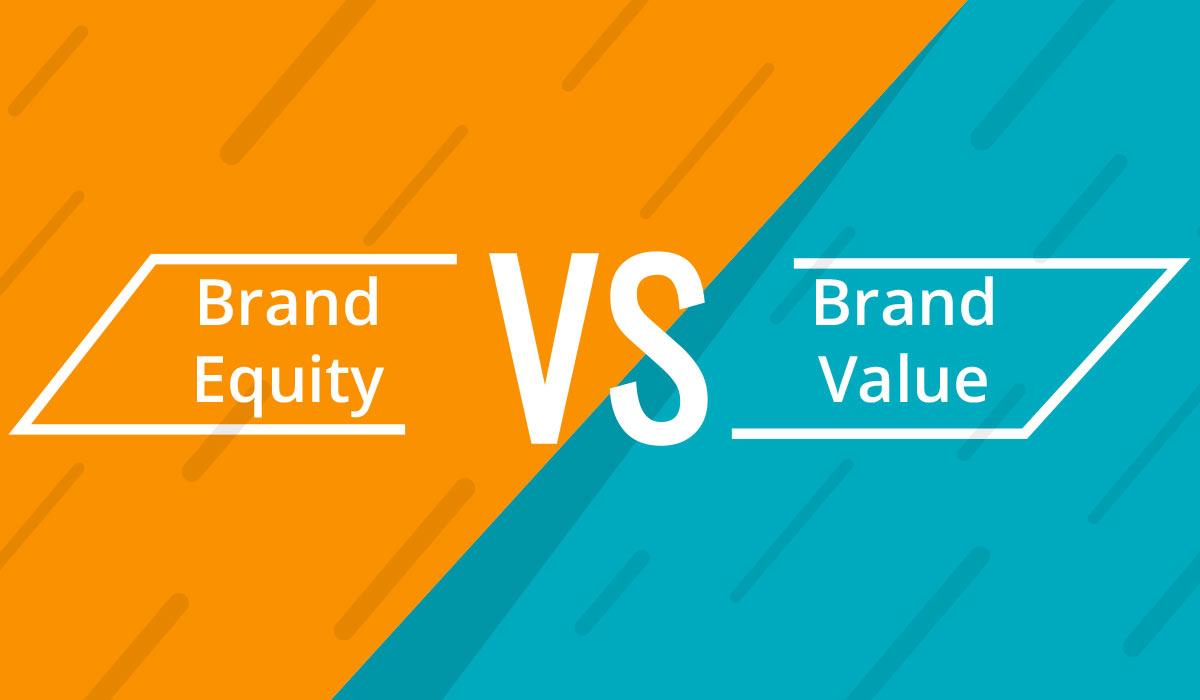
It’s easy to get lost in the plethora of branding terms we hear routinely. Brand equity and brand value are two of the most common to confuse, since they’re so similar.
Fortunately, it’s pretty easy to tell them apart once the differences are laid out in a simple fashion.
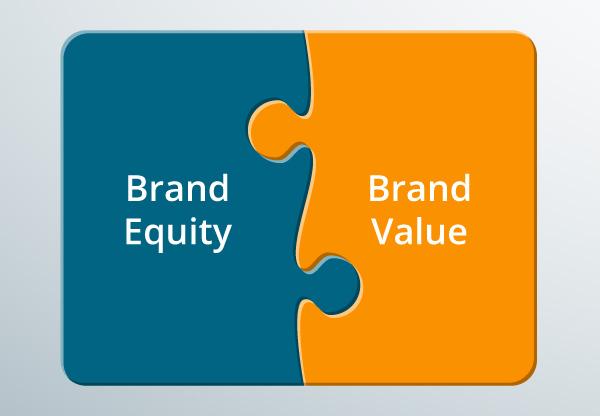
This article will do exactly that, separating the two terms for you and making it simple to remember the difference between them in the future.
What is brand equity?
Brand equity is the significance a brand has according to a customer’s perceptions. It is an informed estimation of how much a brand is worth, though the criteria are typically intangible and difficult to measure. Brand equity also changes perceptions of brand value.
“A great brand is a promise, a compact with a customer about quality, reliability, innovation, and even community. And while the concept of brand is intangible, brand equity is far from it.” – Stephen B. Shepard
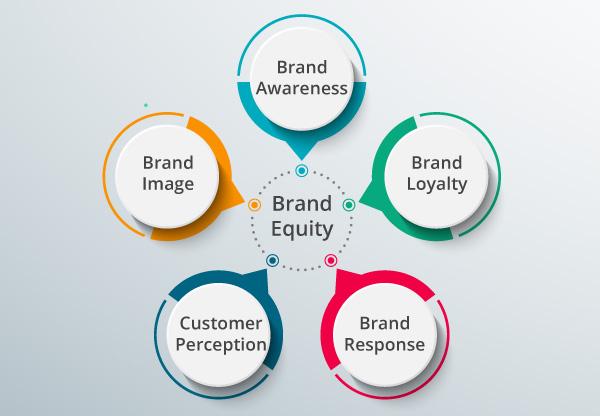
Brand equity is related directly to how well customers trust a specific brand, among other customer-driven perceptions.
It is the demonstrable value a company receives from putting a discernible brand name onto a product. This value is dictated by customer perception of an individual brand.
What is brand value?
Brand value is how much the brand is worth in financial terms. This is calculated through the market and answers the question: how much would it cost to purchase the brand? The answer depends on different, controllable factors that change periodically.
Brand value, at its core, is a data-driven measurement of a brand’s financial worth. It makes sense, then, that thorough market analysis in research helps someone determine a brand’s value.
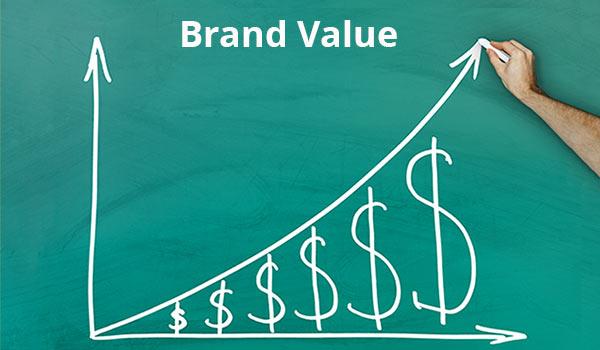
As stated above, it is partially answering the question of how much it would cost to purchase the brand, combined with the even more important issue of how much would someone pay to purchase it.
A brand’s value is also directly affected by how much its competitors are worth.
The main differences between brand equity and value
The easiest way to differentiate between the two is to remember that the brand value is a more verifiable, measurable worth. Think of brand value as the monetary version of the two terms. Brand equity, then, is the more abstract of the two, as it is influenced more by the perceptions customers have about a brand.
Another way to think of these concepts is in terms of their overlap. For example, up until a few decades ago, the idea that a brand was an asset that altered performance was lesser-known and not an accepted concept.

How does this overlap the two terms? As the brand equity changes, this in turn shifts the brand value perceptions. At its most basic meaning, it influences strategies that boost the prolonged brand value.
Now that you have a good understanding of the differences between the two terms, let’s take a look at how to build them up.
If you want even more information on this and other brand topics, check out our branding guide.
How to build brand equity
It would be unusual to hear someone say they’re focused on building up brand equity.
Though it’s definitely possible to accomplish, you don’t usually go from point A to point B to do so. Instead, you start at point A, go to B and C, then end up at D.
So, what are our points B and C? Though there are sometimes more than a few, I’ll focus on these main ones in this article.
1. Make customers aware of your brand quality through association
Brand association links positive attributes to your brand in the mind of customers. In turn, these positive attributes make customers believe your brand is of a higher quality.

The most effective ways to directly influence brand association are the following:
- Through consistent messaging and language. Brand associations are created and maintained by how well a brand uses the right tone and vocabulary throughout its marketing campaigns. Make sure customers associate your brand with the right tone.
- Through personification. Never underestimate the power personification has in building association by bringing something inanimate to life. For brands, this usually comes in the form of a product, but there are plenty of opportunities – stay on the lookout for yours.
- Through extensive branding visuals. Probably the most memorable part of a brand are its visual elements, which fuel new associations. Your best bet with visuals is to place them somewhere that creates nostalgic thoughts and ideas.
2. Create lifelong customers through loyalty strategies
Before we go into the ‘how’, let’s address the ‘why’, as in, why does brand loyalty increase brand equity?
It does so in different ways, many of which are quite simple. For example, loyalty makes it easier to enter new markets, outduel competitors and find new customers through advocacy.
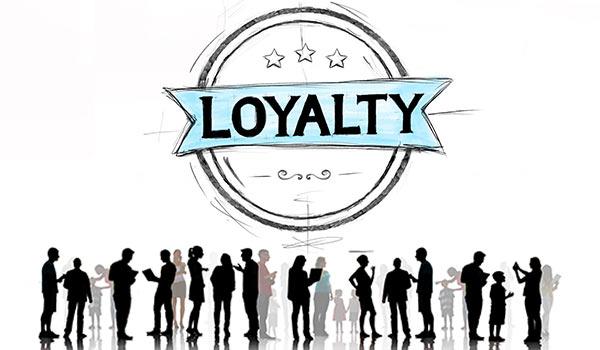
It also helps lower costs of future marketing campaigns, since the need for them is lowered, at least in terms of quantity.
Now, let’s dive into how to create lifelong customers through loyalty strategies. The following are proven methods:
- Focus on the customer. It seems obvious but that doesn’t mean it’s always practiced. Customer experience is one of the main driving factors in building brand loyalty, so work to create the strongest customer service on the market.
- Create a reward program. Reward programs are often overlooked and underrated in their efficacy. It turns out that the modern customer loves them and chooses to continue with a brand over the rewards they receive from a loyalty program.
- Build brand experience. It’s hard not to be loyal to a brand when they’ve created a memorable experience for you. Experiences that we hold dear for years are likely to push us toward the brand that provided them, time and time again. It’s like Walt Disney famously said, “Do what you do so well that they will want to see it again and bring their friends.“
The above factors are likely to indirectly improve your brand equity in the long run. Now let’s shift to building brand value.
How to build brand value
Building brand value is all about undergoing a comprehensive outline of strategies that all lead toward the same goal.
Similar to building brand equity, there are plenty of different tactics that may work. However, we’ll be going over the main few that I find most valuable.
Prioritize user experience
Not many things are more valuable than a brand that puts forth user experiences that are without frustration. Think of the ways your brand could optimize user experience.
One noticeable way is through a brand website. Though I won’t go into extensive details here, keep in mind that things like webpage speed, links, images and layout would vastly improve the user experience in this regard.
Extend your research efforts
Chances are, the amount of research you’re putting into finding important things out about the competition isn’t enough. Instead of accepting your research efforts as good enough, supercharge them to give yourself the best chance to succeed.

You’ll likely start to notice things that drive your creativity and spark new exciting ideas for different projects.
Pursue brand differentiation
Pursuing brand differentiation requires brands to step out of their comfort zone and buck the status quo – taking aim at the mundane practices of their main competition.
Though there are always new ideas sprouting up to build brand differentiation, the following are quite helpful:
- Find new customers to market to
- Emphasize your expertise
- Stand out by being exclusive
- Get creative with your marketing efforts
- Focus on brand storytelling
Most of what brings value separation to brands is creative thought processes and innovative efforts.
Work toward brand consistency
The main focus with building brand consistency should be keeping an eye on the core values and ideals of the brand.
If at any point campaign messaging veers off this path, correct it as soon as it has been spotted. The more this is monitored, the better your brand consistency will be.
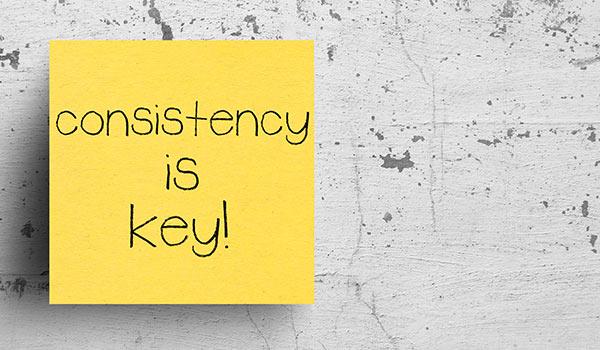
Note that consistency doesn’t entail you can’t make creative changes, but instead it ensures you remain true to the values you put forth.
Now that you have an idea of how to build up brand equity and value, let’s discuss some potential future scenarios you’ll come upon concerning the terms.
Future considerations
Brand equity has a heavy influence on all things marketing and business methodology. Similarly, for it to function optimally, it needs to be researched and learned at the highest level. It’s extremely important that it is related to brand value.
This article demonstrated how to compare and differentiate between the two concepts of equity and value, but now let’s consider some other variables further. First, we know there are indeed ways to build strong brand equity, but don’t forget that they’re case-specific.
Also, as we like to follow trends to pinpoint things that work, don’t overlook customer service, as it seems to hold up as a top influence each time brands do research on building brand equity.
Brand value, on the other hand, can be changed and added to in many different ways. Similar to equity, these will vary from brand to brand.
One thing that could drastically impact the future outlook of building brand value is the tech that continues to develop for communication. Stay informed about new communication tech, since it’s a driving force behind team unity and increases project success.
Closing thoughts
There’s no substitute for knowledge and understanding.
Hopefully, this article gave you everything you need in order to have a basic idea of brand equity vs brand value.
With a more nuanced understanding of these related concepts, you can be more intentional about how your brand strategy comes together – and build both equity and value over time.

